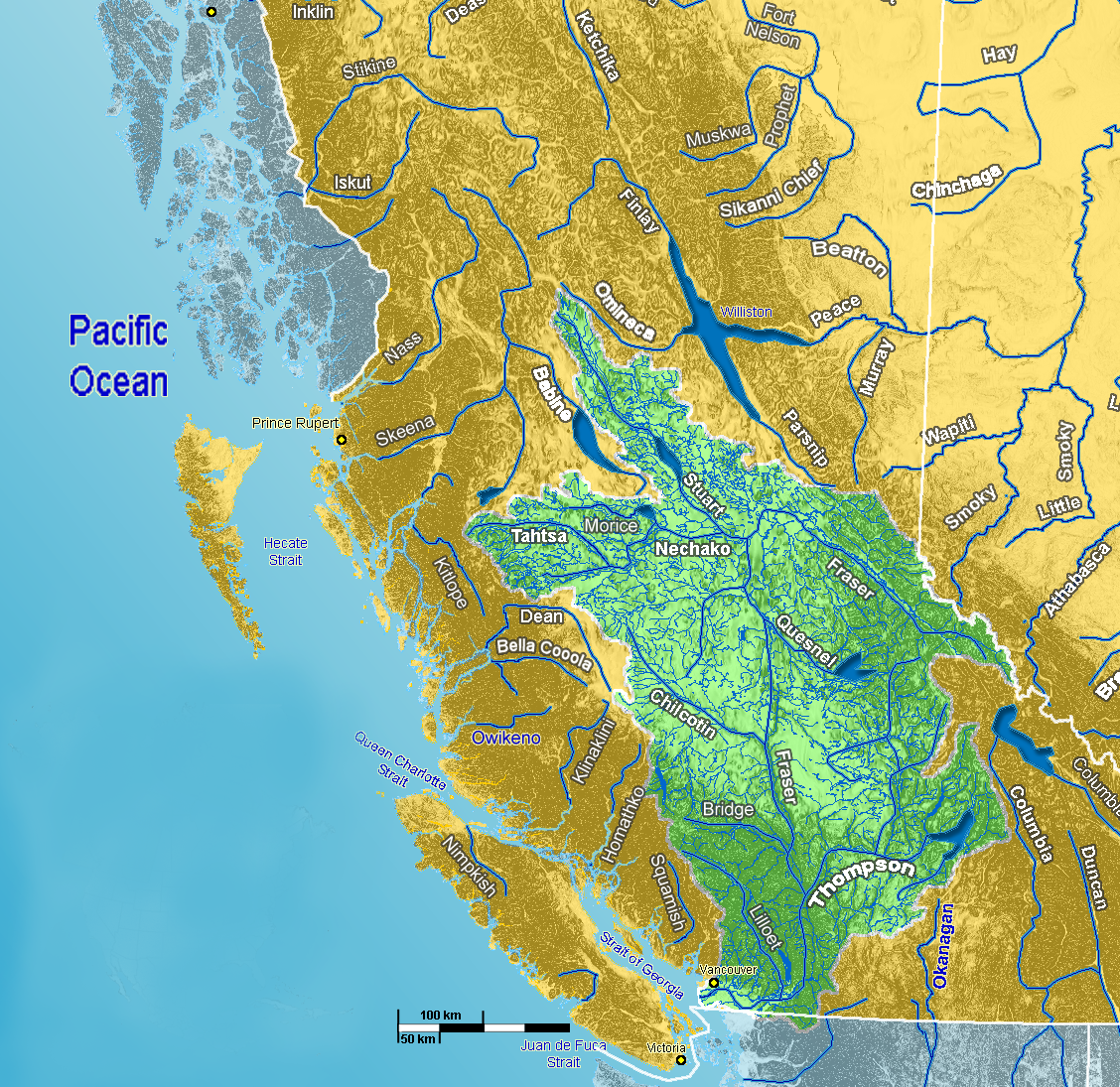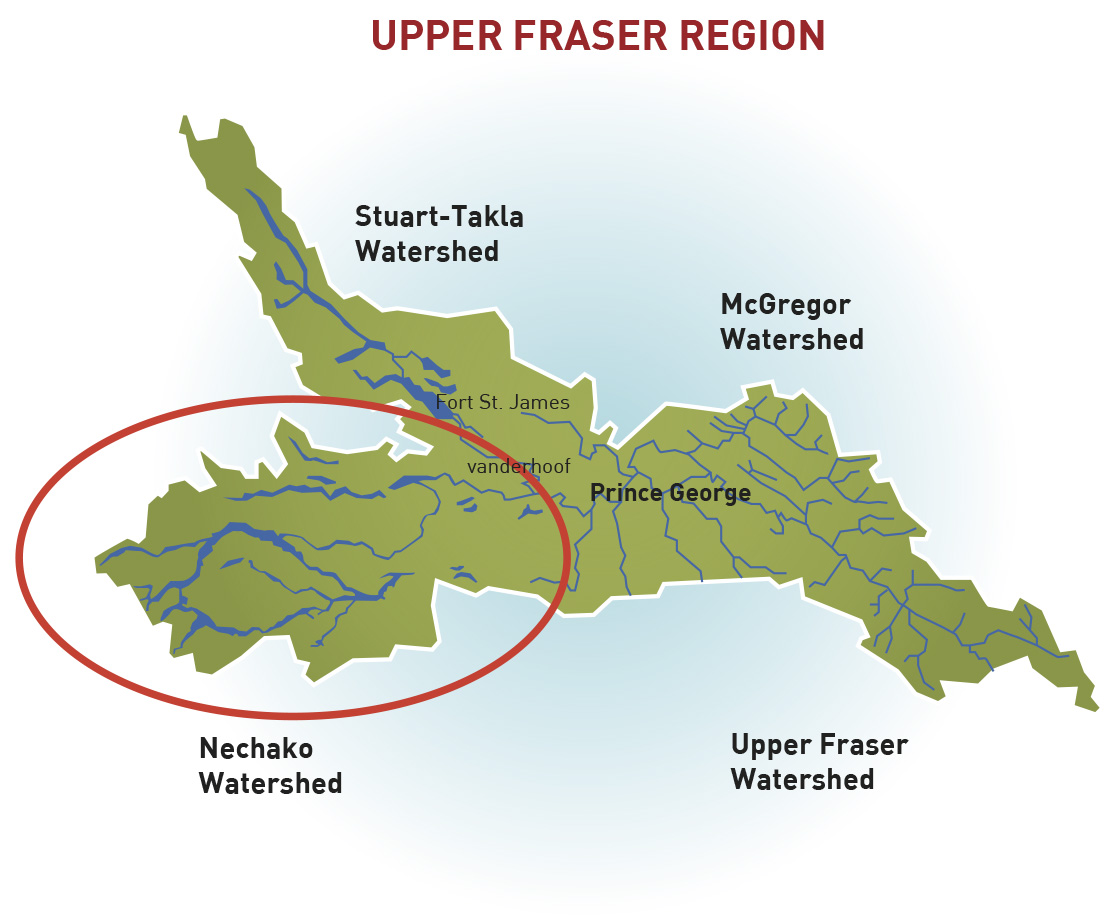Actively growing, healthy forests absorb carbon dioxide and convert it to stored carbon in the tree. A report by the Intergovernmental Panel on Climate Change in 2007 concluded: “In the long term, a sustainable forest management strategy aimed at maintaining or increasing forest carbon stocks, while producing an annual sustained yield of timber, fibre or energy from the forest, will generate the largest sustained mitigation benefit.”
Carbon Budgeting
Models for calculating a forest carbon budget are allowing forest professionals to determine when a specific forest is expected to be a net carbon source or sink over the period normally used for wood-supply forecasts.
Canfor’s carbon strategy is to maintain some old growth on the land base for carbon storage, reforest harvested areas promptly for carbon uptake, and reduce conversion by minimizing permanent access roads. We continue to monitor developments in carbon sequestration modeling both at the provincial and regional level, and use this in our management planning.
Products or processes are carbon neutral if they do not add carbon dioxide to the atmosphere. Forest biomass used in pulp or wood production is generally considered carbon neutral because it absorbs carbon dioxide by photosynthesis while the tree is growing, and when it decomposes or is burned – either directly or after conversion to a biofuel such as black liquor – it releases the carbon dioxide back into the atmosphere where it re-enters the natural biogenic cycle.
Benefits of Wood
Canfor promotes the environmental benefits of wood, and is a leader in finding new ways to build with wood and in the evolution of building codes to encourage the use of wood products.
We know that individuals, companies and governments around the world are finding that use of wood is an effective means to improve the environmental performance of the buildings they construct.
Wood is the only major building product that is natural, renewable, and stores carbon throughout its life cycle. Furthermore, the environmental benefits are strengthened when the wood comes from a company like Canfor that utilizes wood manufacturing technology and sustainable forest practices, backed by third-party forest certification.
In developed countries, buildings represent about 35% to 40% of the total national energy consumption and a similar percentage of total national carbon emissions. Greening our buildings is a critical element in the quest for sustainability and the fight against climate change.
Advances in wood science and building technology, adopted through modern building codes, allow wood to be used in an increasingly broad range of non-residential, multi-storey and longer-span buildings and applications. In addition to traditional wood and timber-frame construction and finishing applications, there’s a role for wood in every project.
Green building standards that scientifically analyse product impacts using life cycle assessment reward wood use for its dramatic benefits on improving green building performance.
Truly nature’s building material, wood is the clear sustainable choice.
Mountain Pine Beetle
Mountain pine beetle has had significant impacts on forests in British Columbia and Alberta. We are actively working with government to slow the spread of the beetle in Alberta.
A key component of Canfor’s mountain pine beetle strategy has been implementation of a significant shift in harvesting priority to address pine stands that are infested or most susceptible to mountain pine beetle attack. Impacted regions focus harvesting on beetle-infested stands so the trees can be used before they deteriorate and so the area can be replanted.
Another aspect of mountain pine beetle management in Alberta is to mitigate the potential mid-term loss of timber supply resulting from the infestation and the related accelerated pine harvest. Canfor’s new forest management plan, scheduled for submission to the Alberta government in 2015 , will include a suite of strategies to ensure the mid- and long-term timber supply is optimized while still addressing other resource objectives.
Water Resources
Pulp and paper mills, including Canfor Pulp’s mills in Prince George and Taylor, are heavily dependent on water. British Columbia’s climate has changed over the last 100 years, and we expect this will continue with warmer and wetter conditions in the future. Higher local temperatures and rainfall will lead to unbalanced conditions within local watersheds.
In Prince George, we draw water for our mills from the Nechako and the Fraser Rivers. While this represents less than one per cent of the volume, we have been working with researchers at the University of British Columbia to understand how these flows may change.
Fraser River Watershed

